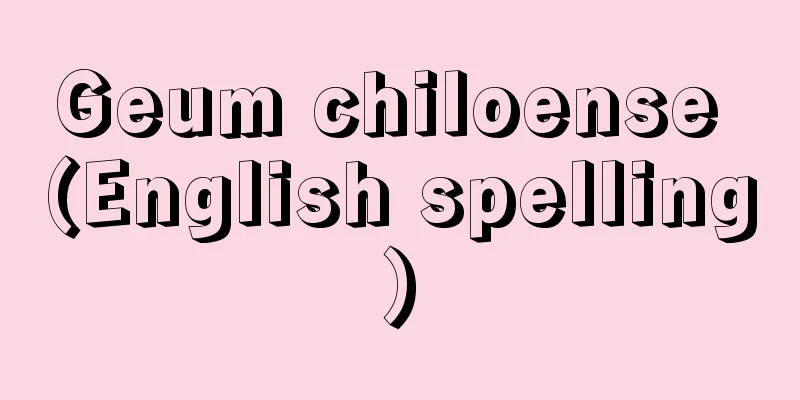Nishikawa Sukenobu

|
An ukiyo-e artist from Kyoto in the mid-Edo period. A painter of beautiful genre paintings representing the first half of Kamigata ukiyo-e, his childhood name was Shoshichiro and his popular name was Uemon. He became a retainer of Lord Saionji Tokisue and was called Ukyo. His pen names were Jitokuso, Jitokusai, and Bunkado. He is said to have studied under Kano Eino and Tosa Mitsusuke, and also absorbed the styles of Hishikawa Moronobu and Yoshida Hanbei, creating a new style of graceful and dignified female depiction based on realism and becoming a first-class artist. He was already active as an illustrator for the Yamozuya books around 1699 (Genroku 12), and after the publication of "Hyakunin Joro Shinasadame" in 1723 (Kyoho 8), he focused on illustrating picture books, publishing over 60 picture books and exerting a great influence on Edo ukiyo-e artists such as Okumura Masanobu and Suzuki Harunobu. His representative works include "Ehon Tokiwagusa" (1731), "Pilgrimage to the Palace" (1 scroll, Freer Gallery of Art, Washington), and the hand-painted "Grand Clock and Beauty" (1 scroll, 2 varieties, Tokyo National Museum and others). [Hidetake Asano] Volume 1: Written by Hachimonji Jisho, illustrated by Nishikawa Sukenobu, published in 1723 (Kyoho 8), held at the National Diet Library "100 Women in the Room" Source: Shogakukan Encyclopedia Nipponica About Encyclopedia Nipponica Information | Legend |
|
江戸中期の京都の浮世絵師。上方(かみがた)浮世絵の前半期を代表する美人風俗画家で、幼名庄七郎(しょうしちろう)、俗称宇右衛門(うえもん)。西園寺致季公の御家人(ごけにん)となり右京と称す。号は自得叟(じとくそう)、自得斎、文華堂。狩野永納(かのうえいのう)および土佐光祐(みつすけ)に学んだといわれ、加えて菱川師宣(ひしかわもろのぶ)、吉田半兵衛風などを摂取して、写実を基礎とした豊麗にして品格のある女性表現に新様を打ち出し一流をなした。すでに1699年(元禄12)ごろから八文字屋本の挿絵画家として活躍、1723年(享保8)刊の『百人女郎品定(ひゃくにんじょろうしなさだめ)』を機に絵本中心に作画し、60種を超える絵本を刊行、奥村政信(まさのぶ)、鈴木春信(はるのぶ)など江戸の浮世絵師にも多大の影響を及ぼした。代表作は『絵本常盤草(ときわぐさ)』(1731)、『宮詣(みやもうで)図』(1幅、ワシントン、フリーア美術館)、肉筆画『柱時計と美人図』(1幅、2種、東京国立博物館ほか)などがある。 [浅野秀剛] 上巻 八文字自笑著 西川祐信画 1723年(享保8)刊国立国会図書館所蔵"> 『百人女郎品定』 出典 小学館 日本大百科全書(ニッポニカ)日本大百科全書(ニッポニカ)について 情報 | 凡例 |
Recommend
Azophenylene - Azophenylene
...Colorless (recrystallized from dilute ethyl al...
Shibai Hayashi Diary - Shibai Hayashi Diary
This is a record written by Tanaka Denzaemon, the ...
Jidda
…The correct Arabic name is Judda. It is also cal...
Cutting - Cutting
A unit of area for cultivated land, the area from ...
Horikin [village] - Horigane
A village in Minamiazumi County, western Nagano Pr...
Quail - Quail
…Because he continued to love, meet and sing abou...
Ricci, O. (English spelling) RicciO
Galileo initially aspired to be a doctor and ente...
Caloric Punch - Caloric Punch
…Both are very sweet, with 25-30% alcohol and 40-...
Perfect Aspect
…Aspect is a grammatical category of verbs. It is...
Okinawa mejina - Okinawa mejina
A marine fish belonging to the order Perciformes ...
Quercus serrata - Quercus serrata
A deciduous tall tree of the Fagaceae family (APG...
Bactris utilis
…[Sumihiko Hatsushima]. … *Some of the terminolog...
Bennett, James Gordon
Born: September 1, 1795, New Mill, England Died Ju...
Rastafarianism
...In the 1980s, reggae diversified into a satiri...
Immune response gene
A gene that controls the immune response to a spec...









